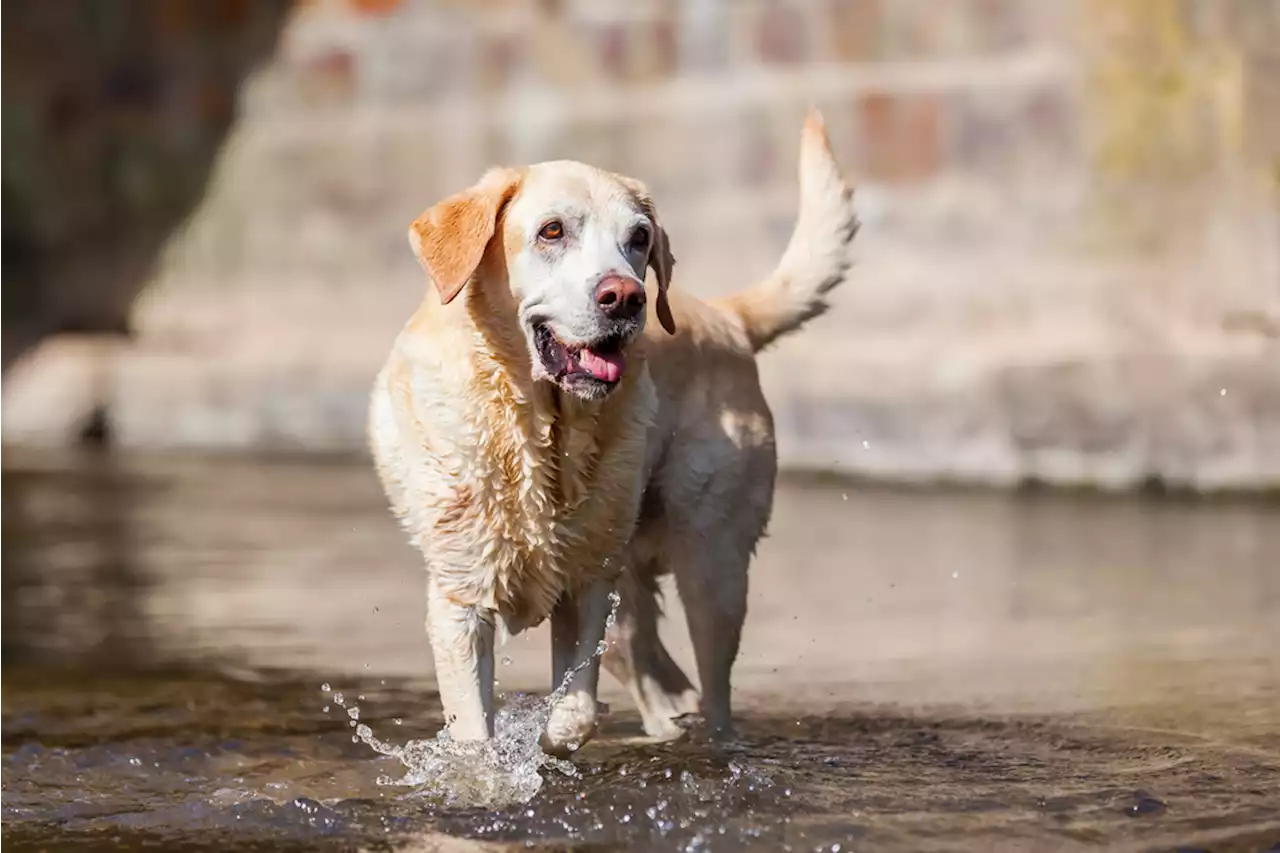Scientists are studying different dog breeds to gain new insights into the aging process — both for them, and for us.
. Whether collie or retriever, purebred or mutt, dogs climb mountains with us, travel on airplanes with us, and eat the scraps off our plate.that humans do, from greying hair and creaky joints to more serious conditions like cancer or cognitive decline. Today, scientists are learning how comparing different dog breeds can give us new insights into the aging process — for both our canine companions and their owners..
The project has more than 32,000 dogs already enrolled, though co-director Daniel Promislow says it’s kind of just getting started. “Over this past year, we've sort of launched into the next phase, which is pretty exciting,” says Promislow. One key development: Building out their logistics network, like where to store computer data and physical samples and how to make that data easy to sort through. The second development? Time.
The scientists behind the project hope that this wealth of data could soon be used to see which health problems are commonly found together, and even figure out how long problem may lead to another. “Once we move into this longitudinal phase, which we're now doing, we can identify how something that happens early in a dog's life eventually impact his health late in life. That's the real power of discovery,” says Promislow.
They’re also collecting DNA samples from the dogs, which could help reveal the underlying genetic causes of disease. Beyond that, dogs in particular present a rare opportunity for researchers thanks to the artificial selection pressures that have shaped them.Exactly when and where dogs were first domesticated is a matter of debate, but scientists think it was at least
. Since that fateful day, breeders have shaped our canine companions by repeatedly choosing for specific traits like intelligence, attitude, or speed.The signs of this artificial selection and in-breeding are visible in dogs genetics or, more specifically, the amount of variation in their genetics. “Across all dogs, it's about the same as us genetically,” says Promislow. “But within a single breed it’s like having a whole bunch of full siblings. Or even closer.
